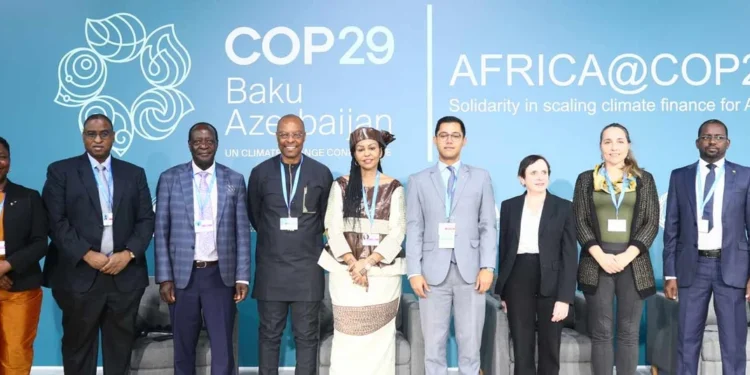The African Development Bank (AfDB) has taken a crucial step towards strengthening climate resilience in Africa with the launch of the Technical Assistance Mechanism of the Climate Action Window (CAW). Introduced during COP29 in Baku, Azerbaijan, this innovative financing scheme aims to improve living conditions in communities most affected by climate change by supporting projects that promote adaptation, mitigation, and sustainable development.
Central African Republic: a student creates a cultural and ecological robot
With an initial allocation of $56 million, the CAW will provide resources for projects specifically designed to protect vulnerable populations from droughts, floods, and other climate-related disasters. In Chad, for instance, Minister Fatima Haram Acyl highlighted how this mechanism will enable practical solutions for communities devastated by extreme events. “We need projects that strengthen the resilience of our people against recurrent floods and droughts,” she stated.
The fund’s impact goes beyond immediate climate protection. In Madagascar, Minister Max Andonirina Fontaine emphasized how ecotourism projects financed through the CAW will not only preserve the country’s unique ecosystems but also create jobs in rural communities, boosting local economies and opening new opportunities for future generations.
The mechanism also fosters empowerment through international collaboration. Supported by funding commitments from countries such as the United Kingdom, Germany, and Switzerland, the CAW invites governments, NGOs, and international agencies to submit proposals until February 2025. These projects will receive between $260,000 and $1.3 million, ensuring that funding reaches where it is most needed: the communities facing the most severe impacts of climate change.
With 80 projects identified and strategic partnerships with funds such as the Green Climate Fund, the CAW is already transforming lives. According to Dr. Kevin Kariuki, Vice President of the AfDB, “This mechanism provides a true channel for vulnerable communities to access critical resources.” From protecting crops to building climate-resilient infrastructure, the CAW stands out as a model that not only combats climate change but also enhances the well-being of African communities, ensuring a more sustainable and equitable future.









